Algebraic Geometry
Varieties, Polyhedra, Computation
Winter Semester 2019/2020


Abstracts of the opening conference
Below there are the abstracts of the talks of the opening conference (7th-11th October 2019) of the thematic semester Algebraic Geometry.
Daniele Agostini, HU Berlin
Moment Identifiability of Homoscedastic Gaussian Mixtures
In this talk, we consider the problem of identifying a mixture of Gaussian distributions with same unknown covariance matrix by their sequence of moments up to certain order. Our approach rests on studying the moment varieties obtained by taking special secants to the Gaussian moment varieties, defined by their natural polynomial parametrization in terms of the model parameters. This is joint work with Carlos Améndola and Kristian Ranestad.
Carlos Améndola, TU München
What is estimation for Gaussian models?
The multivariate Gaussian distribution is fundamental in statistics. In this talk I will introduce two methods for estimating parameters: maximum likelihood and method of moments. Then I will present examples of how these apply to Gaussian covariance models and Gaussian mixture models.
Omid Amini
Hodge isomorphism for matroids
We show that the cycle class map from the Chow ring of a matroid to the tropical cohomology groups of the wonderful compactification of the Bergman fan induces an isomorphism of rings. We then discuss connection to the work of Adiprasito, Huh and Katz on log-concavity of the coefficients of the characteristic polynomials. Joint work with Matthieu Piquerez.
Alexander Bobenko
Discrete Riemann Surfaces. Periods and Convergence
We present a linear theory of discrete Riemann surfaces based on the notion of discrete holomorphicity. Discrete (multi-valued) harmonic and holomorphic functions and period matrices are defined.We prove that the discrete period matrices and the Abel map converge to their continuous counterparts. Numerical results are demonstrated for polyhedral surfaces, ramified coverings, and some classical Riemann surfaces.
Dominic Bunnett, TU Berlin
What is M_{g,n}?
M_{g,n} is an algebraic variety which parameterises isomorphism classes of smooth curves of genus g and n marked points. The study of M_{g,n} goes back to Riemann in 1857 and has been an object of study ever since, although the first rigorous construction is due to Mumford in 1965. We give a gentle introduction to the construction of M_{g,n} and the techniques used to study its geometry.
Felipe Cucker, TU Berlin
Condition and semialgebraic geometry
We overview several geometric features of semialgebraic sets for which a quantitative aspect relates to the condition of the description of the set.
Jan Draisma, U Bern
The coarse structure of GL_inf-varieties
A (n affine) GL_inf-variety over C is a closed, GL_inf-stable subset of the inverse limit P_inf of the P(C^n), where P is a fixed Schur functor. For example, for P=S^2, P_inf is the space of symmetric infinite-by-infinite matrices. In this example, a matrix either has finite rank k, in which case it lies in the image of the smaller Schur functor (S^1)^k under the morphism (v_1,...,v_k) -> v_1^2 + ... + v_k^2 of GL_inf-varieties; or else its orbit is dense in P_inf. In particular, every GL_inf-variety in S^2 is an orbit closure. In ongoing work with Arthur Bik, Rob Eggermont, and Andrew Snowden we generalise this dichotomy to other Schur functors. Among other things, we prove that any GL_inf-variety in any P_inf is the closure of a finite-dimensional family of orbits. We also prove a version of Chevalley's theorem on constructible sets, which implies that membership in the image of a fixed GL_inf-morphism can be tested deterministically in polynomial time.
Mathias Drton, TU München
Maximum likelihood thresholds for covariance matrices with Kronecker product structure
The matrix normal model is a statistical model that assumes multivariate data to be generated from a Gaussian distribution whose covariance matrix is the Kronecker product of two positive definite matrices. Prior work shows that maximum likelihood estimators (MLEs) in these models may exist for surprisingly small sample sizes. We formulate algebraic conditions for existence of the MLE and show that in special cases the normal form for matrix pencils can be leveraged to derive the precise sample size needed for almost sure existence. (joint work with Satoshi Kuriki).
Janin Heuer, TU Braunschweig
What is a nonnegativity certificate?
Mathematicians have been studying nonnegativity of real polynomials since as early as the 19th century. Nonnegativity certificates are an important tool in these investigations, giving easier to check, sufficient conditions for nonnegativity. In this talk we will motivate the study of nonnegativity by relating it to polynomial optimization. Furthermore, we will define the nonnegativity certificates sums of squares (SOS) and sums of nonnegative circuit polynomials (SONC).
Michael Joswig, TU Berlin
The Schläfli Fan
Smooth tropical cubic surfaces are parametrized by maximal cones in the unimodular secondary fan of the triple tetrahedron. There are 344,843,867 such cones, organized into a database of 14,373,645 symmetry classes. The Schläfli fan gives a further refinement of these cones. It reveals all possible patterns of the 27 or more lines on tropical cubic surfaces, thus serving as a combinatorial base space for the universal Fano variety. This article develops the relevant theory and offers a blueprint for the analysis of big data in tropical algebraic geometry. We conclude with a sparse model for cubic surfaces over a field with valuation. Joint work with Marta Panizzut and Bernd Sturmfels.
Kaie Kubjas, Aalto U Helsinki
Maximum likelihood estimation of toric Fano varieties
Maximum likelihood estimation aims to find a point of a statistical model that best explains observational data. We study the maximum likelihood (ML) estimation problem for toric Fano varieties. First we show that with one exception for all $2$-dimensional Gorenstein toric Fano varieties the ML degree equals the degree of the variety and we provide expressions that allow to compute the maximum likelihood estimate in the closed form. We then explore the reasons for ML degree drop using A-discriminants and intersection theory. Finally we show that varieties associated to $3$-valent phylogenetic trees and known from the work of Buczynska and Wisniewski have ML degree one. This follows from a more general result on the multiplicativity of ML degrees of codimension zero toric fiber products.
Jean-Philippe Labbé, FU Berlin
What is a Toric Variety in the eye of a Discrete Geometer?
This talk will present a few translations from the Toric Geometry<->Discrete Geometry dictionary. Namely, we will see how to view a toric variety and its singularities using polyhedral cones and lattice polytopes and their properties.
Pierre Lairez, Inria
Numerical periods in effective algebraic geometry
Thanks to several recent progress, we can now compute the periods of quartic surfaces to arbitrary precision, and consequently many algebraic invariants: Picard group, endomorphism ring, number of embedded smooth rational curve of a given degree, etc. We start compiling a database of K3 surfaces with their invariants. This talk will aim at a hands-on presentation of the tools involved and a presentation of several examples of the database. Joint work with Emre Sertöz.
Laurent Manivel, CNRS Toulouse
On the geometry of skew-symmetric three-forms
There has been a huge activity in the last decades around the geometry of tensors, with all kinds of potential applications. In this talk I will concentrate on skew-symmetric three-forms. In low dimensions, up to eight, there exist only finitely many types of such forms. The critical dimensions are nine and ten, for which extremely rich geometries emerge.
Francisco Santos, U de Cantabria
Width of lattice polytope
Hollow polytopes (that is, polytopes with no interior lattice points) are important both in algebraic geometry and integer optimization.
One of their most important invariants is their lattice width which, by the "flatness theorem" is bounded in fixed dimension.
We will review several recent results related to the width of lattice polytopes. Among them:
- we look at how to construct hollow polytopes of width larger than their dimension, trying to improve lower bounds on the flatness constant.
- we conjecture that the tight upper bound for the width of hollow convex bodies in dimension three is 2+\sqrt{2}, attained by a certain tetrahedron.
- we show how width can be used as a tool to classify lattice polytopes. Eg: In dimension three there are finitely many (perhaps non-hollow) lattice polytopes of width larger than one for each number of lattice points. In dimension four, there are finitely many empty simplices of width larger than two, which has been used to completely classify empty 4-simplices (equivalently, to classify terminal quotient singularities of dimension four).
Reinhold Schneider, TU Berlin
Variational Monte Carlo - theoretical bridge between numerics and statistical learning
For solving high-dimensional PDE's numerically, we cast them into a variational framework. For computational purpose the objective functional is restricted to appropriate possibly non-linear and even non-convex model classes. In Variational Monte Carlo the objective functional is replaced by an empirical (surrogate) functional, in a similar way as for risk minimization or loss functions in statistical learning. We want to consider convergence in probability based on restricted isometry property (RIP).
Rainer Sinn, FU Berlin
Sums of Squares and Projective Varieties
Writing a real polynomial p as a sum of squares of polynomials is a certificate of positivity for p that is exploited in polynomial optimization because of its connections to the feasibility problem in semidefinite programming via the Gram map. The Gram map naturally generalizes to the context of real projective varieties, where sums of squares certify nonnegativity of homogeneous elements of even degree in the homogeneous coordinate rings. I will report on surprising connections between sums of squares and invariants of (embedded) projective varieties.
Orsola Tommasi, U Padova
Local systems on M_2 and the top weight cohomology of M_{2,n}
The moduli space M_{g,n} of smooth n-pointed complex curves of genus g is a classical object of study in algebraic geometry. However, its topological invariants are still not well-known. If one looks at the cohomology of M_{g,n}, the best known part is the so-called tautological subring, which is generated by geometrically natural classes. However, recent work by Chan, Galatius and Payne highlighted the importance of a completely different part of cohomology: its top weight part, defined using mixed Hodge structures. This top weight part turns out to be quite combinatorial in nature because of its relationship with tropical geometry. In this talk, I would like to present an alternative approach to the study of the top weight cohomology for genus g=2, using local systems. This is joint work (in progress) with Dan Petersen.
Josué Tonelli-Cueto, TU Berlin
What is the probabilistic analysis of a condition number?
For a given problem, a condition number is a quantity depending on the data that measure the numerical sensitivity of the data to perturbations. This parameter plays a fundamental role in the complexity analysis of numerical algorithms, both from a run-time and precision control perspective. However, because of this, numerical algorithms tend to have complexity estimates that do not depend solely on the input size. The main philosophy to solve this is to perform a probabilistic analysis of the condition number assuming some reasonable probability distribution of the input. In this talk, we introduce the different ways in which such a probabilistic analysis can be done and the differences between the different approaches.
Timo de Wolff, Technische Universität Braunschweig
Nonnegativity, Discriminants, and Tropical Geometry
Certifying nonnegativity of real, multivariate polynomials is a key problem in real algebraic geometry since the 19th century. In the 21st century, the problem gained significant momentum due to its relevance in polynomial optimization. Let R^A denote the space of all real polynomials with support A ⊂ N^n. We study certificates called (sums of) nonnegative circuit polynomials (SONC) or agiforms, which can be obtained from the inequality of arithmetic and geometric means. SONCs form a full dimensional subcone S of the cone of nonnegative polynomials in R^A. In particular, S is not contained in the cone of sums of squares. We describe the boundary of the cone S as a space stratified in real semi-algebraic varieties. In order to describe the single strata, we will go on an exploration through the mathematical universe on which we will encounter discriminants, polytopes and their triangulations, and tropical geometry. This is joint work with Jens Forsgård.
